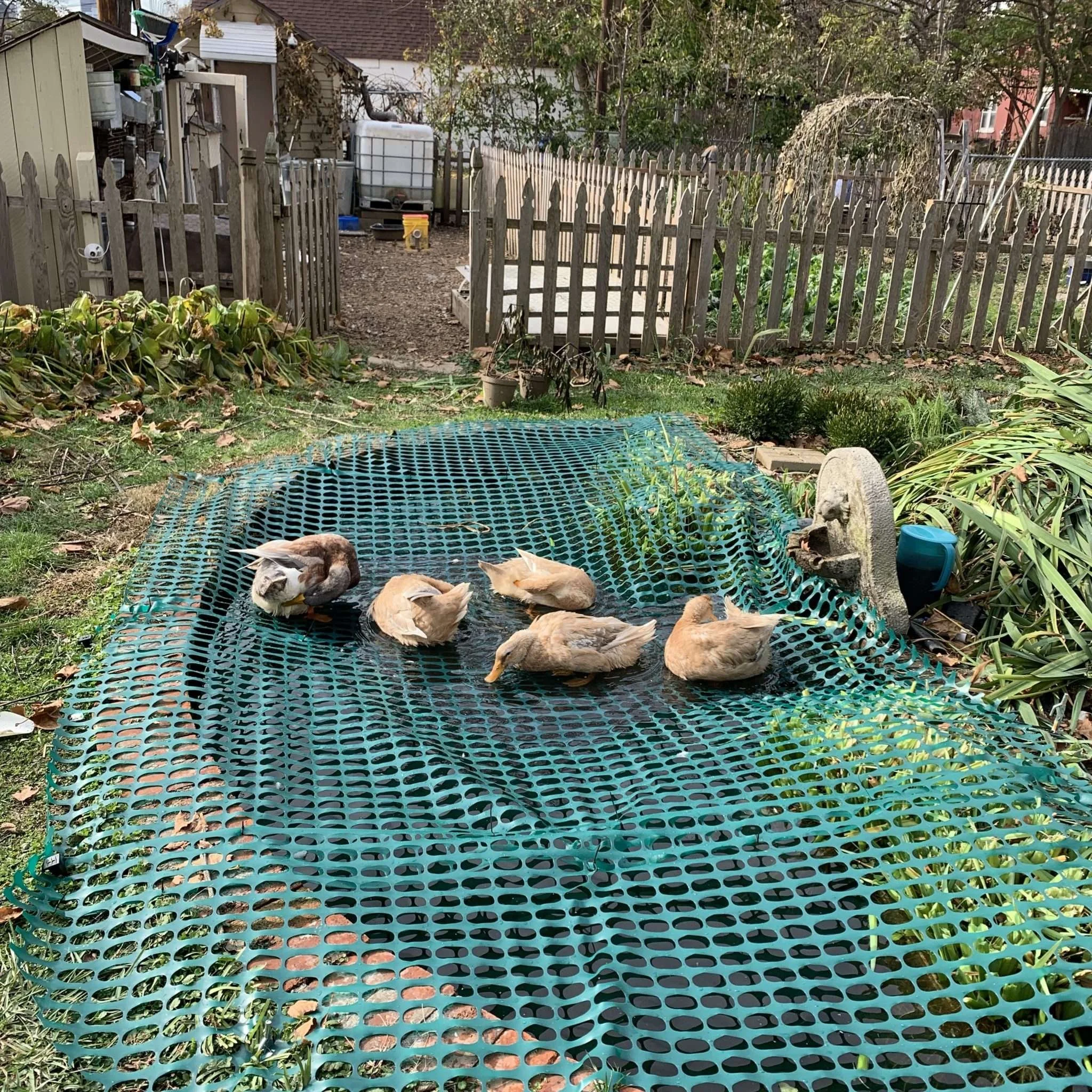Winterizing Mezzacello In 2019-20
Winterizing Mezzacello In 2019-20

It’s November. Soon it will be winter. This year I am taking s bit more care winterizing the pond, fountains, planters, benches, and gardens. This is a blog post on winterizing Mezzacello in 2019-20.
Winter can be tough on a garden, especially one with as many integrated systems as I have at Mezzacello. This is the first time I have covered the pond. But if I don’t cover it the muck that collects on the bottom of the pond over winter overwhelms my pump and biofilter.
There are covers for all eight of the urns this year, and covers for the fountains as well. I refinished all of the wooden benches this fall, so I sewed tarp covers for those as well. Here's hoping that will help! The freeze-thaw cycle is brutal on wood!
Coverings Everywhere
The gardens get a cover of cardboard, manure, compost, and mulch. They’ll oxidize in place and be super fertile next spring. I have been collecting enough cardboard to cover the 800 square feet of garden beds that I have here at Mezzacello.
It takes a lot of the essential atomic nutrients to maximize yields. NHCOPS - Nitrogen from the oats and hairy vetch over the winter and from the air and nitrogen fixing roots. Hydrogen from decomposition, water, and microorganisms. Carbon from countless sources, compost, cardboard, plants, soil, and life. Oxygen from the atmosphere, water, and life.
Phosphorus from decomposition and plant stems roots. Sulfur from decomposition and manure. The UV radiation will break everything down. I call it a lasagna garden.
Bushels of Food
I pulled 12 bushels of food from these beds this summer. That doesn’t count the greens produced by the hydroponics systems. I processed, preserved and stored it all. It has taken me four years to perfect these systems and I am still learning.
All the ecosystems working together to produce nutrients and both uses for and material for all the other sources of waste and plenty in the gardens. But for now it sleeps and marshals reserves for the next spring.


